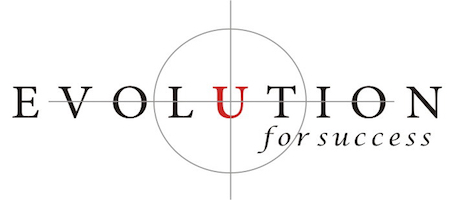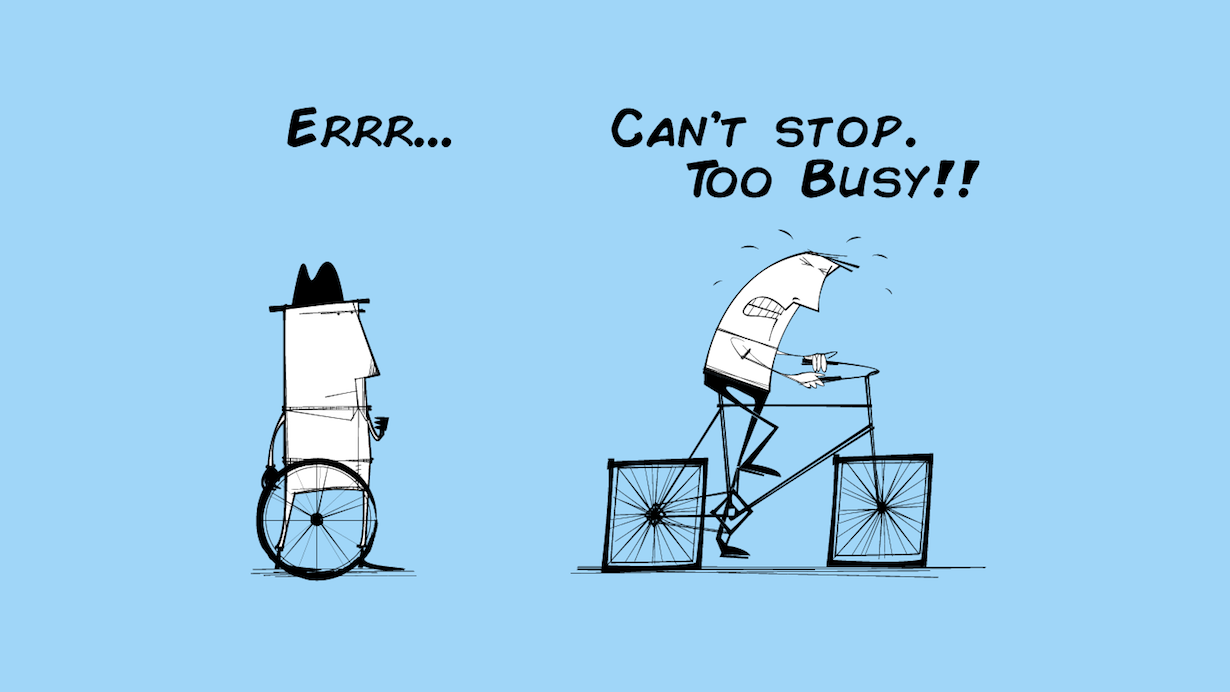Or… “how to not go off on the people you love and stay calm when you are in quarantine together”
Between the stress, anxiety and uncertainty the coronavirus (Covid-19) has brought to everyone’s life and the added strain of working from home, self-isolating or self-distancing, it can be a struggle to stay patient and calm with our loved ones at home. It’s easy to slide into a permanent state of irritation and moodiness, particularly when the days stretch on and on. Even with the best of intentions, quarantine doesn’t always bring out the best in us. Nerves can get frazzled and tempers can grow shorter, no matter what our normal temperament’s baseline is.
But even in a crisis, we have control over some things. Namely, we can control our emotional state and we can work to show up as the best “self”, “parent” or “spouse” we can. Here are my top 5 tips to show up as the “best you.”
First, the obvious: Make sure you feel good physically.
Some basic self-care will go a long way to control your emotional state. Make sure you get an adequate amount of sleep (that’s not optional – there is no substitute for sleep), fuel your body a wide variety of nutrients-rich foods (code word for increase your intake of fruits and vegetables both in number and amount to ensure you get both the macros and micronutrients your body needs to feel its best) and get a minimum amount of exercise to keep your immune system humming normally (try to do an hour per day of moderate intensity exercise –it will boost your mood and your immune system).
Beyond the basics, here are some tips to help you keep your patience and wrangle in your temper in the days ahead.
1- Stand at the gates of your mind
Know yourself and use the strategies that works for you. For some people, reading about the coronavirus and Covid-19 brings them a sense of knowledge they find reassuring or comforting. Knowing is better than not knowing. But for others, consuming this information only adds to their anxiety and overwhelm. Be honest with yourself and determine how much information you need. One strategy is to limit yourself to this type of news to once a day in the morning for instance.
Another very powerful strategy is to be very selective as to where you get your information from. Social media and traditional news channels are not always the most credible source. Get your information from the most direct, neutral sources you can. The World Health Organization, the CDC or Johns Hopkins can provide you the facts you need without editorializing or promoting a political agenda.
Ultimately, for most of us, no matter how much we might crave information, “standing at the gates of our mind” means periodically taking a break from the barrage of news so we can detach and recharge.
2- Don’t reinvent the wheel
Although this crisis is unprecedented, this is not the first time you have experienced stress. Trying out new coping strategies in the midst of turmoil can be daunting, so double down on the strategies that have worked for you in the past.
If you know going on a run or working out has a calming effect on you (and it’s feasible), fit in a few extra sessions throughout your week to burn off some of that excess nervous energy. If meditating has been effective in the past, be more diligent at fitting meditation and mindfulness sessions into your daily routine. Keep your CEO Morning Routine to stay focused on your business and finding opportunities.
For some, getting up before everyone else in the house and doing something for yourself to stay centered is a very effective strategy. Whether it’s making yourself a cup of coffee and getting a little bit of alone time to center yourself, getting some fresh air and sunlight before the busyness of the day starts, or spending that time journalling or writing down what your goals are for the day, taking a little time for yourself first thing in the morning can make a big difference in how you approach the rest of your day.
3- Use a pattern interrupt to stop yourself from losing it in the heat of the moment.
When you feel the growing irritation and you feel yourself getting angry, use a pattern interrupt to delay your response to the person you want to address.
One of the most effective way to do that is to do a self check of your emotions. Are you actually angry about the situation? Is something your spouse or children doing truly driving you crazy because it’s going against one of your internal rules? Or are you displacing tension you feel about something else and placing it on this situation. Taking a minute to stop and do this self-checkin of your emotions, forces you to step back from your immediate response and analyze what is really going on. It might be that you are ytuly annoyed about what is going on, or you may find that frustration has been building up inside of you all day and it’s not at all about your loved ones’ behavior. Regardless, taking stock of where you are in your head, gives you a chance to delay your response so that when you do respond it is more intentional and less reactionary.
At times, interrupting the pattern might mean stopping yourself short by focusing on gratitude or using humor to relieve the tension. It might not be your instinctive response, but just like a muscle, it’s a skill that can be learned and practiced until it can become your default response which will buy you time until you can think it through.
For instance, before you go off on your 10 year old for barging into your conference call, take a deep breath (from your belly) — and a few seconds– to direct your mind to notice what is good around you. Mentally list what you are grateful for in that moment. What is good about this? What is funny about this? Relax your face, breathe and reframe your thinking.
If you can feel the anger, frustration or irritation still lying underneath the surface, start a conversation with someone about an unrelated topic, or make a phone call to someone who matters to you. By forcing your mind to change gears and your body to adopt a softer demeanor, you will give yourself a fighting chance to regain control and perspective about the situation.
Delay your reaction and response to frustration. What’s good for the goose is good for the gander. Instead of giving your kids a Time Out, give yourself a Time Out to regain control when your patience runs thin.
4- Take action
Part of the growing restlessness and irritability that comes with being under stress for prolonged periods of time is that our bodies are designed to respond to stress by producing chemicals to reduce pain and prompt action. It makes sense from an evolutionary background, faced with a bear, the rush of adrenaline to escape immediate danger is a good thing. But that same physical response doesn’t serve us very well when we are under chronic stress and perpetually stuck in close quarters with our loved ones.
Instead of fighting the biological urge to do something and respond, go with it and take action. In the moment that might mean finding the most immediate solution and removing the current stressor like closing (and locking) the door so you can focus on your call and delay addressing your child. Or it can mean harnessing your emotions and frustration, and focusing them on something you have control over like making an action plan for your business, or starting on a home project.
5- Cultivate an attitude of compassion and gratitude
If you do lose your cool, remember that compassion towards yourself is just as important as showing compassions to those around you. Recognize you let your emotions get the best of you, take responsibility for your words and actions, own the shame and guilt that comes with disappointing yourself and hurting the people you love, recommit to showing up better, and give yourself some grace.
These are trying times and often it’s the little things that set us off. It’s the child who leaves the lights on, it’s the spouse that takes the last drop of coffee or the dog that barks during a conference call. Allow for some irritability and emotionalism both in yourself and those who share space with you. Recognize that everyone under your roof is adjusting to a new situation and it’s natural for your 5 year old to want you to play with him in the middle of the day for instance. Afterall, until recently, your being home meant you were “off” and available to read a book or play. Practicing compassion and empathy each day can help you keep in mind that your loved ones are doing what they’re doing because they are trying to meet their needs, and not intentionally trying to irritate you or stop you from doing what needs to be done.
It’s easier to let things go with a few simple words, “please forgive me, I didn’t mean to…” accompanied by a short phrase of why you were stressed. Kids forgive and forget so easily, take it easy on yourself too.
Over the longer term, focusing on something other than your own life, whether it be volunteering or helping neighbors for instance, can also help you harness that excess tension and use it to make a difference for your community.
Helping others can give you an outlet and be an effective antidote to the feelings of powerlessness or frustration you might experience in the face of this pandemic. It can provide you with a sense of higher purpose from which you can draw strength and perspective when the crisis drags on. And it can be a powerful “compared to what” that keeps you centered on what matters.
When anger and frustration strike, remember the effective strategies and coping tools you have used in the past. Bring them to life again, adjust where you need and add any new ones to fill in the gaps.






 Finding the right Life Coach or Executive Coach can seem like a daunting task. Here are a few simple guidelines to keep in mind as you explore your options.
Finding the right Life Coach or Executive Coach can seem like a daunting task. Here are a few simple guidelines to keep in mind as you explore your options.
 I encourage you to
I encourage you to 

